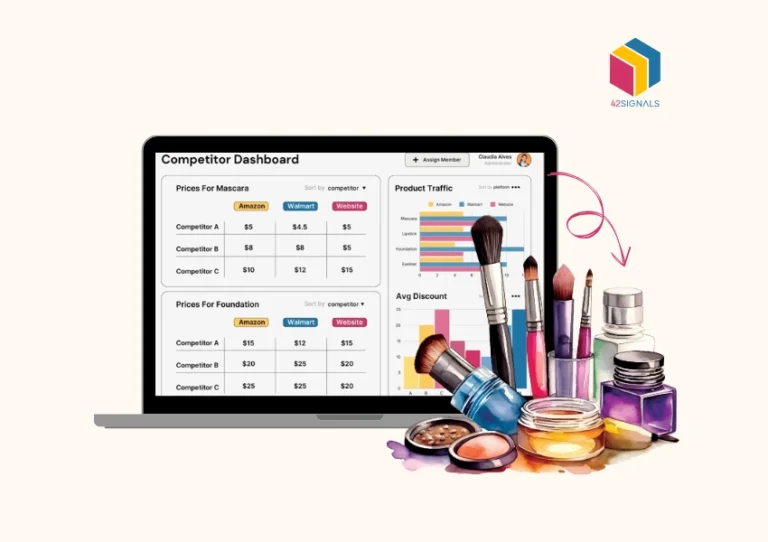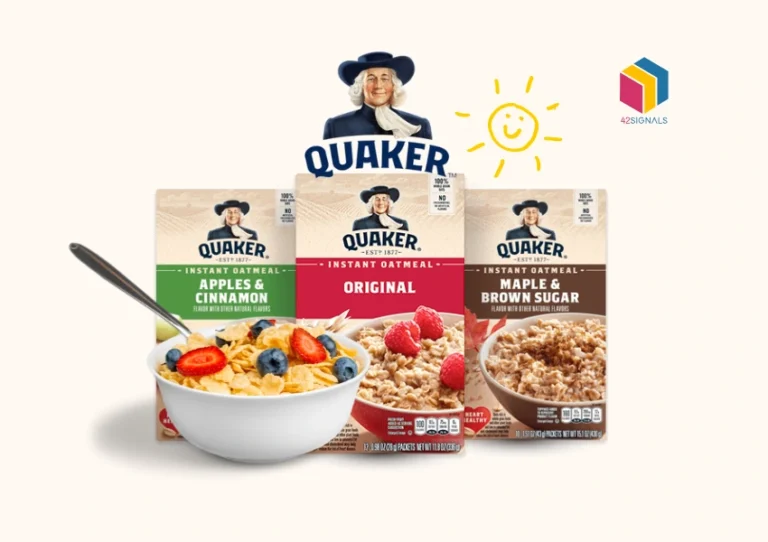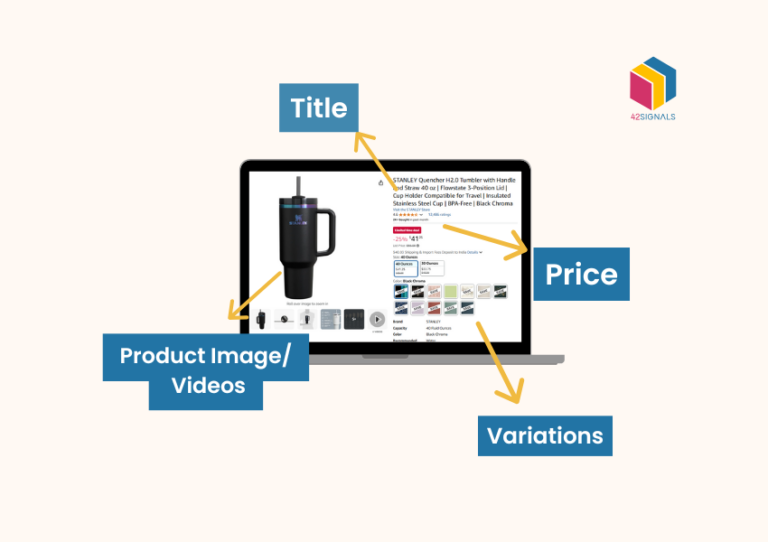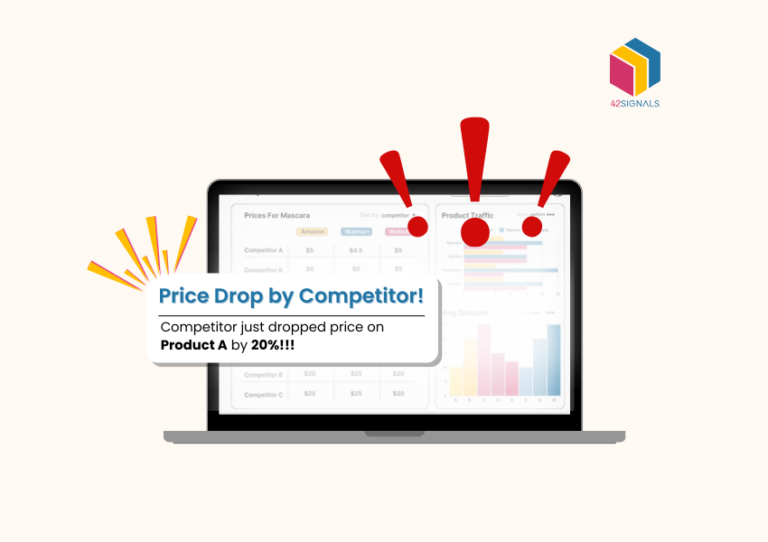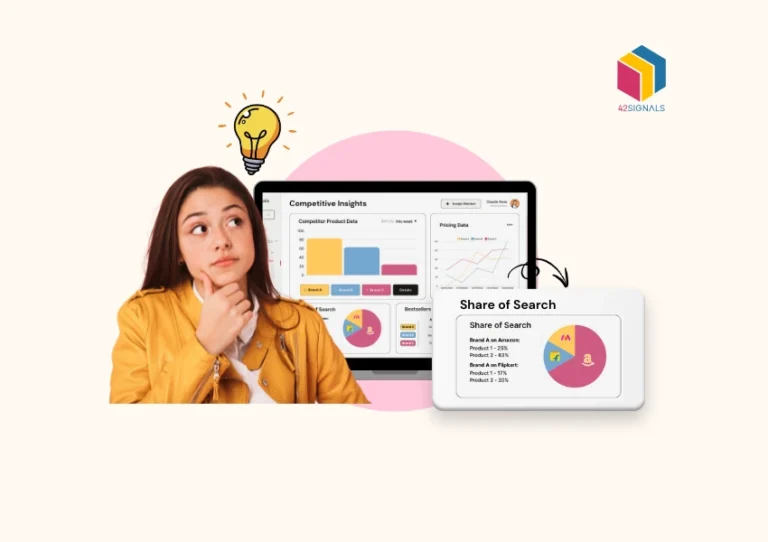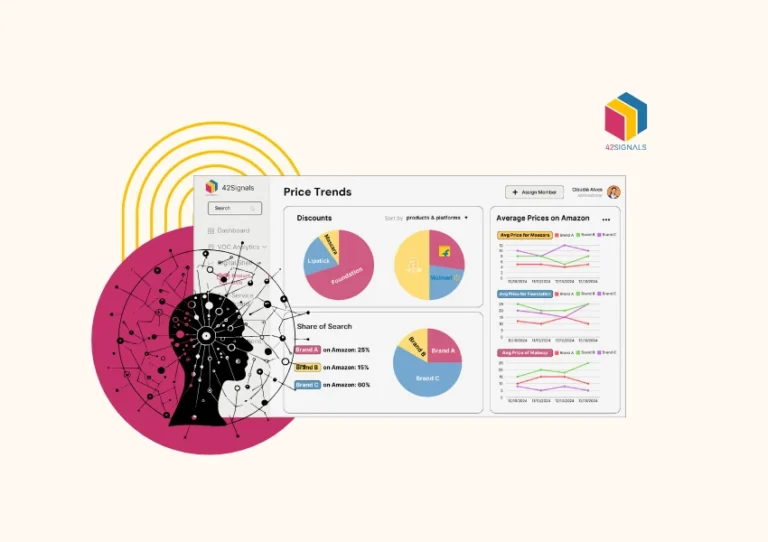
Pricing Intelligence Platforms Explained: How They Work, Key Features & ROI for Retailers
Pricing products today can feel akin to playing whack-a-mole. When one product’s price is adjusted, other products take a hit as competitors undercut you elsewhere. Customers generally expect a deal


